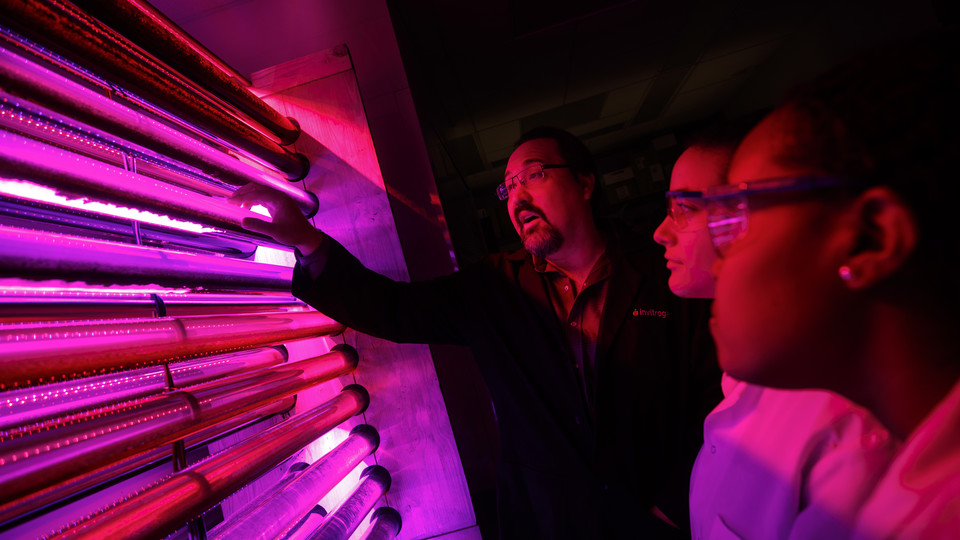
The Center for Transformative Teaching's recent Teaching and Learning Symposium focused on co-creation and its benefits for learning by both students and faculty. Recordings of the day's presentations are available on the CTT website.
Alison Cook-Sather's keynote discussed inequities in higher education, shared the most common outcomes of co-creation, and gave a range of examples of co-creation efforts. She said co-creation of teaching and learning occurs when faculty and students work together to create components of the curricula or pedagogical approaches. One of several key benefits of co-creation for faculty is gaining perspective in different ways. Students also gain perspective. By participating in the creation of course materials and pedagogies, students better understand the rationale behind the activities. They may even find themselves asking how they can be more supportive of not only their own learning, but that of others, when they are in the classroom.
Cook-Sather is the Mary Katharine Woodworth Professor of Education at Bryn Mawr College, as well as the director of the Teaching and Learning Institute of Bryn Mawr and Haverford Colleges in Pennsylvania.
Following the keynote were two concurrent sessions. Matt Waite presented "Students and Courseware Design – a Collaborative Process" and Sabine Zempleni's "Jumping off a Cliff" focused on the benefits and challenges of co-creating a textbook.
A panel presentation featured collaborative projects with one or more students. Erin Bauer and Justine LaViolette kicked off the session with how they worked together to produce music videos shared on social media that taught entomology concepts. Kristin Malek and Lillian Ngyen shared how they worked together with other students to redesign one of Malek’s courses. Valerie Jones and Katherine Johnson discussed the benefits and challenges of a collaborative research project that lead to a journal article. Suzanne Kemp talked about a student-initiated project focused on Universal Design for Learning. Finally, Katie Anania presented a project wherein students were co-creators both of and within a critical environmental studies curriculum.
The symposium concluded with a series of five-minute presentations detailing a single pedagogic strategy or technique to improve learning. Topics included how to craft clear writing prompts (Timothy Janda), the value of early student interviews in a large enrollment course (Kathleen Nashleanas), making the most of students’ study time (Cal Garbin), four ways to rapidly make more items in Canvas (Sydney Brown), and creating accessible course content (Megan McLeay).
More details at: https://go.unl.edu/symposium-fall-21